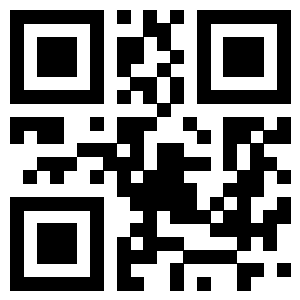Where is the core drilling rig mainly used
Core drilling rig is a device that obtains underground core samples by rotating drill bits, mainly used in geological exploration, resource development, engineering construction and other fields. Its specific application scenarios are as follows:
1��、 Geological and Mineral Exploration
1. Mineral resource exploration
Used for exploring metallic minerals (such as iron, copper, and gold), non
Core drilling rig is a device that obtains underground core samples by rotating drill bits, mainly used in geological exploration, resource development, engineering construction and other fields. Its specific application scenarios are as follows:
1�����、 Geological and Mineral Exploration
1. Mineral resource exploration
Used for exploring metallic minerals (such as iron, copper, and gold), non-metallic minerals (such as coal and phosphate mines), and energy minerals (shale exploration of oil and natural gas). Analyze mineral composition, grade, and rock structure through core samples to determine the distribution and reserves of mineral deposits.
For example, when exploring deep copper mines, core drilling machines can obtain rock cores below a kilometer, helping geologists determine the thickness and quality of the ore body and providing a basis for mine development.
2. Basic geological research
Collect rock cores from different depths of the crust to study geological structures (such as faults and folds), stratigraphic age, and paleoenvironmental evolution. For example, in plate boundary exploration, core samples can reveal the laws of crustal movement.
2��、 Energy development field
1. Oil and gas exploration
In unconventional oil and gas development such as shale gas and tight oil, core drilling machines are used to obtain reservoir cores, analyze parameters such as rock porosity and permeability, and evaluate the exploitability of oil and gas resources.
Example: Before shale gas development, it is necessary to determine the organic matter content and fracture distribution of shale layers through core analysis to optimize the fracturing process.
2. Geothermal resource exploration
When drilling geothermal wells, core samples can help determine the lithology, temperature, and fluid properties of the thermal reservoir, and determine the feasibility of geothermal power generation or heating.
3、 Engineering construction and geological hazard prevention and control
1. Infrastructure survey
Before the construction of bridges, tunnels, high-rise buildings, and other engineering projects, the mechanical properties of the bedrock and soil (such as bearing capacity and stability) should be evaluated through core drilling to avoid the risk of settlement or collapse.
Example: When selecting a location for a highway tunnel, a core drilling rig can detect fault zones or weak interlayers to guide tunnel support design.
2. Geological hazard assessment
Used for geological exploration of landslide, debris flow and other disaster areas, analyzing the properties of sliding soil and rock structure through core analysis, and developing disaster prevention and control plans (such as anchoring and drainage engineering).
4��、 Hydrology and Environment
1. Groundwater exploration
When drilling water wells or monitoring wells, core samples can be used to analyze the distribution, water quality, and permeability of aquifers, providing data for water resource development and pollution control.
2. Environmental geological exploration
Collect rock cores from contaminated sites, detect the distribution of pollutants (such as heavy metals and organic matter) in soil and rock layers, and develop remediation plans.
5����、 Research and Special Fields
1. Deep Earth Science Research
Participate in deep earth exploration projects (such as continental scientific drilling), obtain core samples from deep crust, and study the composition and dynamic processes of materials inside the Earth. For example, China's "Songke No.2 Well" obtained 7018 meters of underground rock cores through an ultra deep core drilling rig for studying the geological evolution of the Cretaceous period.
2. Marine geological exploration
A core drilling rig equipped with an ocean drilling platform can collect seabed cores, study ocean sedimentation, plate movement, and deep-sea resources (such as combustible ice).
6、 Other application scenarios
1. Archaeology and Cultural Relics Protection
Non destructive core drilling can be used for underground structural exploration of archaeological sites to avoid damage to cultural relics caused by large-scale excavation.
2. Development of building materials and ceramic raw materials
When exploring building materials such as kaolin and quartzite, the purity of the raw materials is analyzed through core analysis to guide mining and processing.

 WeChat number:WEIXINHAOMA
WeChat number:WEIXINHAOMA
